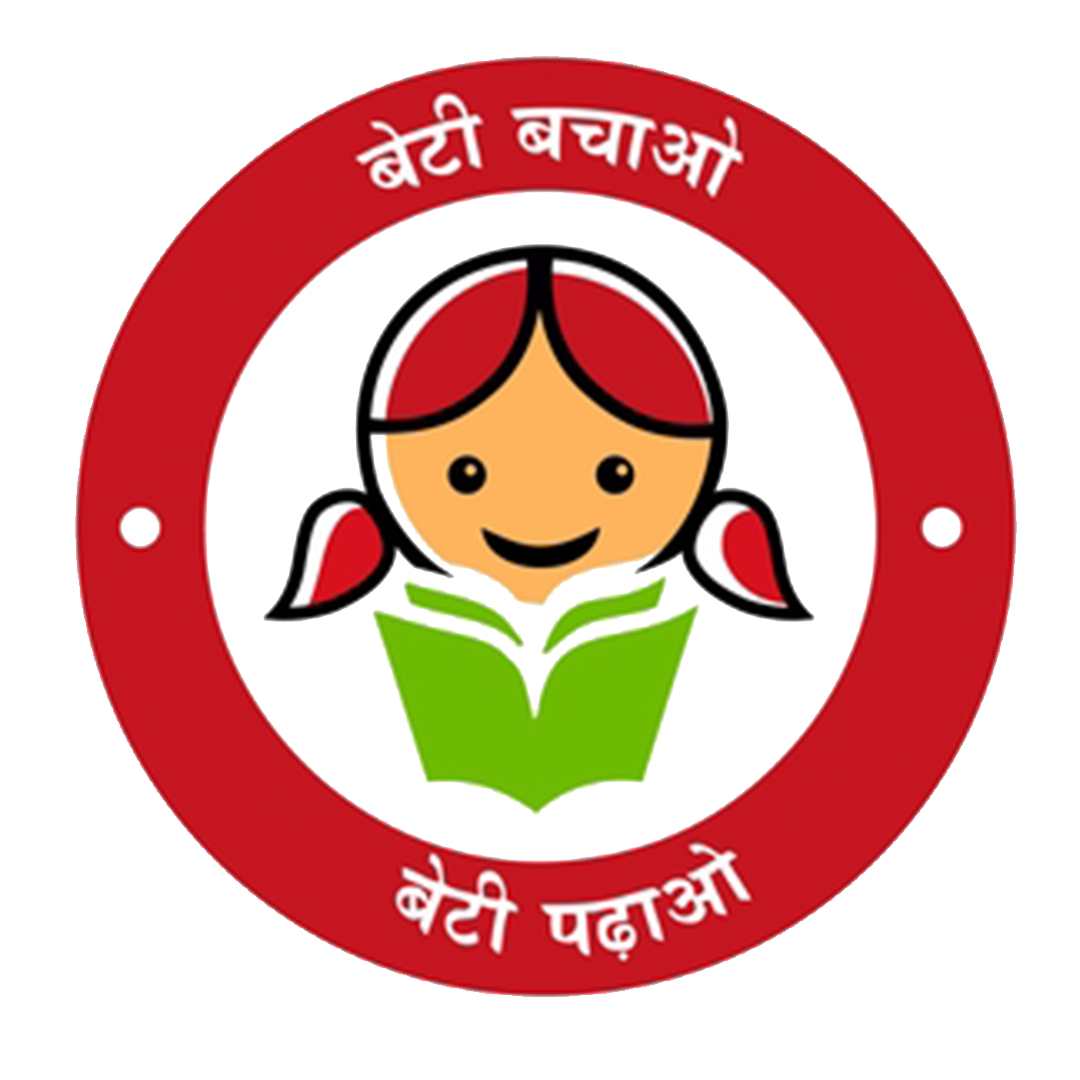Excursions And Outdoor Education
At our school, we believe that learning extends beyond the classroom walls. Our excursions and educational trips are designed to provide students with real-world experiences that complement their academic studies. These outings offer invaluable opportunities for students to engage with the world around them, deepen their understanding of various subjects, and develop a lifelong love for learning.
Field trips are short, curriculum-based excursions to local sites of interest like Museums, historical landmarks, botanical gardens, and local businesses.
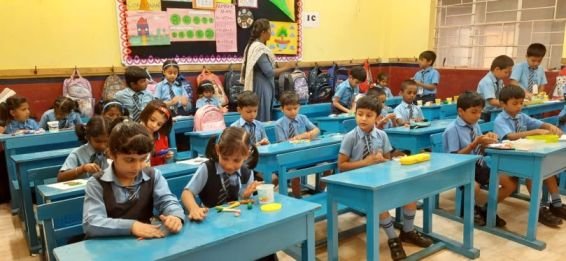

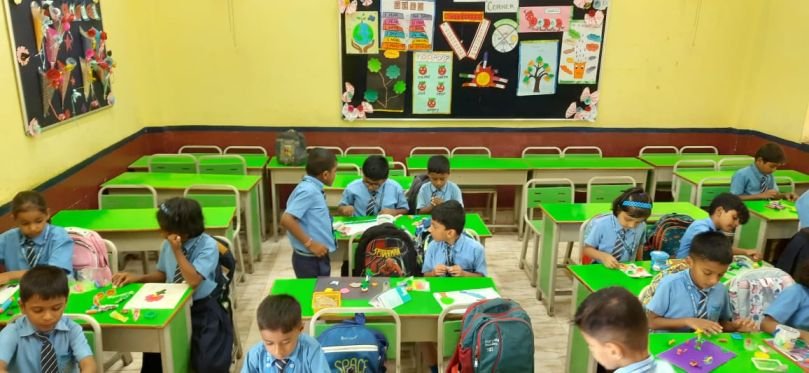
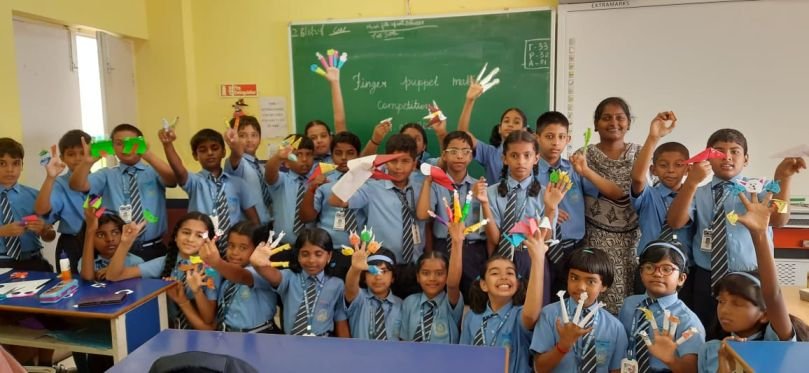

Health and Wellness
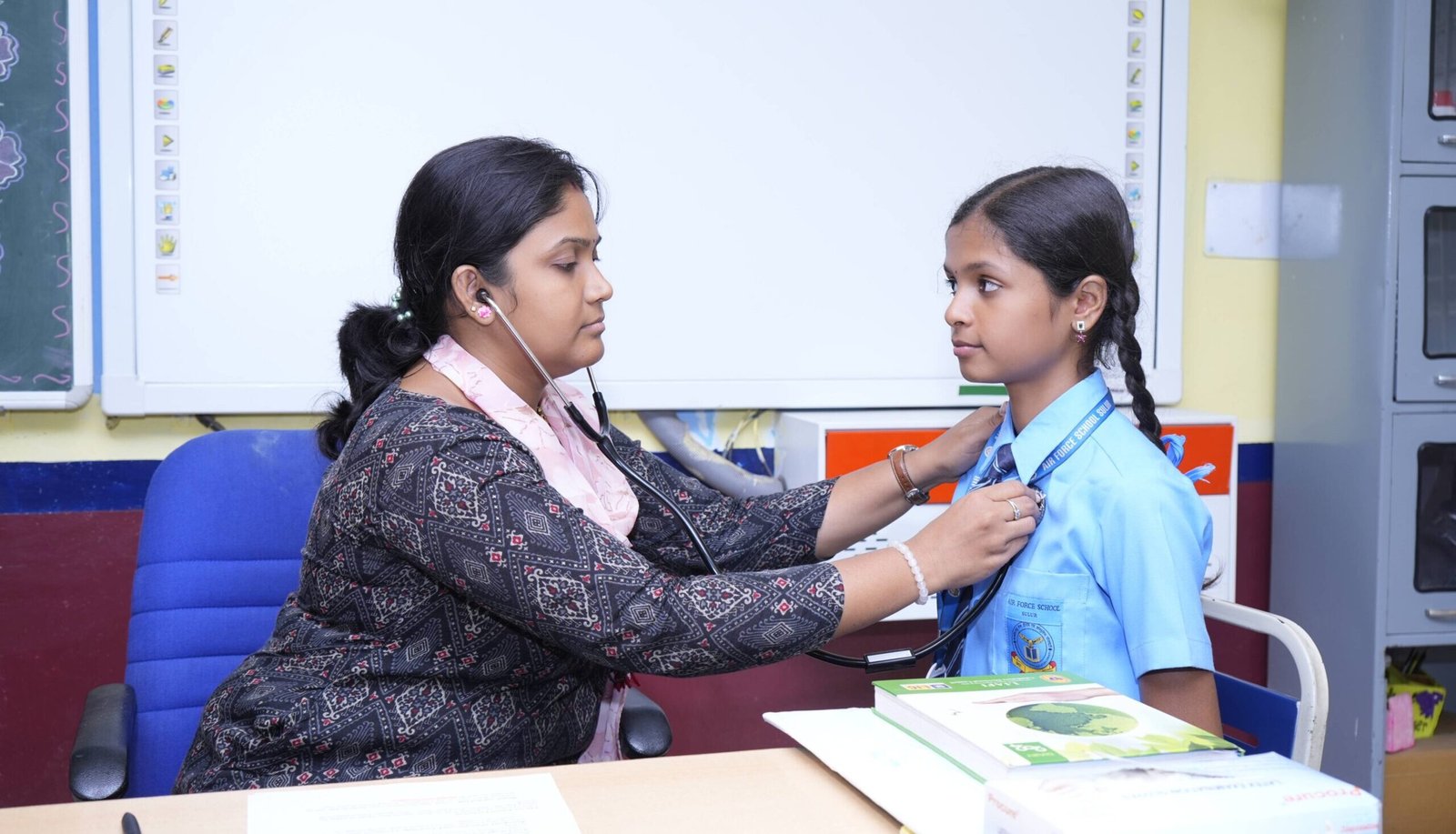
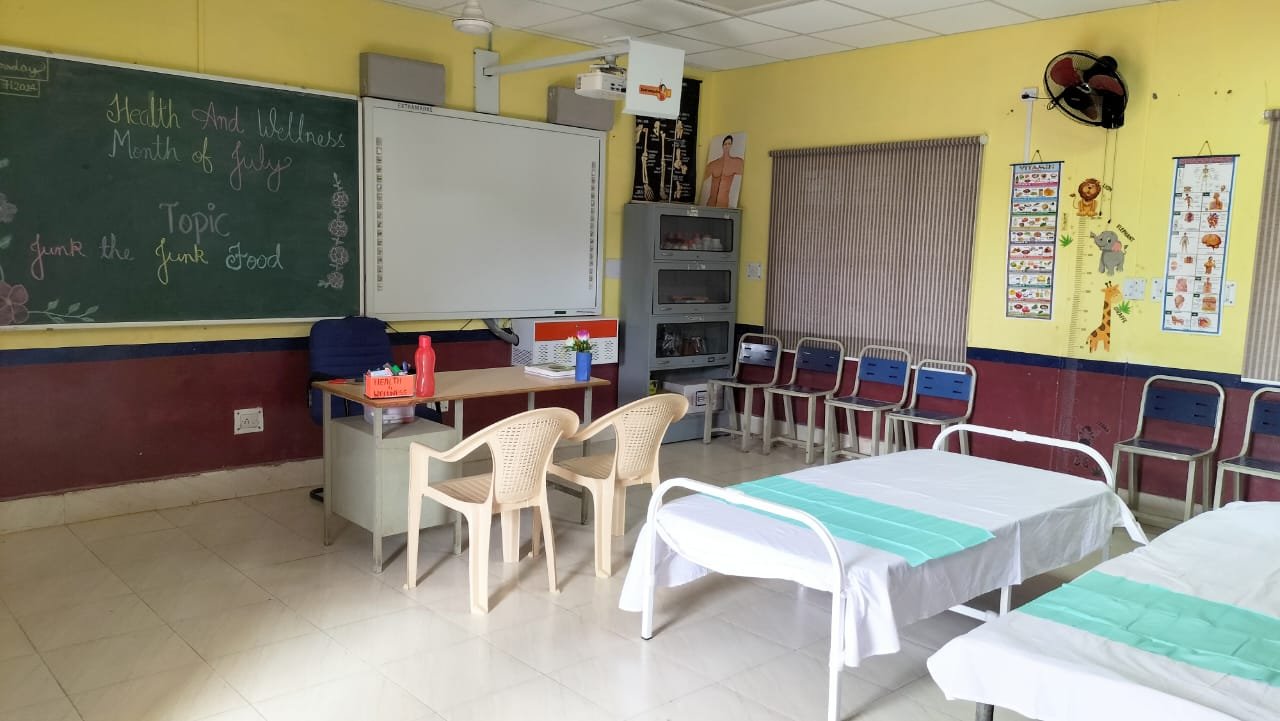

Our school is committed to fostering a healthy and supportive environment for all students. As part of this commitment, we have established a Health and Wellness Room. This space is dedicated to promoting physical, mental, and emotional well-being, offering a safe, quiet, and comfortable area where students can take a break, seek help, and rejuvenate.
Features:
- Quiet Area:
The Health and Wellness Room is designed to be a calm, quiet environment, free from the hustle and bustle of daily school activities. This space allows students to unwind, meditate, or simply take a breather.
- Wellness Tools: Items like stress balls, fidget toys, and coloring books to help students relax and de-stress.
- First Aid Supplies:
The room is equipped with basic medical supplies, including band-aids, antiseptic wipes, ice packs, and over-the-counter medications for minor injuries and illnesses.
- Counselling Services:
Access to school counsellors who are available to provide emotional and psychological support. Students can talk to counsellors about stress, anxiety, personal issues, or any other concerns they may have.
- Wellness Programs and Workshops:
Regularly scheduled workshops and activities focused on promoting health and wellness. These may include sessions on mindfulness, yoga, healthy eating, mental health awareness, and stress management techniques
- Encouragement and Support:
We strongly encourage all students to utilize the Health and Wellness Room as a resource to support their overall well-being. Whether you need a quiet place to relax, require first aid, or want to talk to a counsellor, the Health and Wellness Room is here to help you thrive both academically and personally.
Our goal is to ensure that every student feels supported, healthy, and ready to succeed. Taking care of your health and well-being is a priority, and we are here to support you every step of the way.
Sustainable Development
Sustainable Development in Air Force school involves integrating environmentally friendly practices and principles into the unique educational and operational contexts of these institutions. Key Aspects:
- Energy Efficiency and Conservation
- Audit and upgrade: Conduct energy audits to identify opportunities for improving energy efficiency in buildings, facilities, and operations.
- Renewable energy: Integrate renewable energy sources such as solar panels or wind turbines where feasible to reduce reliance on traditional energy sources.
- Smart technologies: Utilize smart building technologies for HVAC systems, lighting, and energy management to optimize energy use.
- Water Management
- Efficient water use: Implement water-saving measures and technologies, such as low-flow fixtures and irrigation systems with smart controls.
- Greywater systems: Use greywater systems for non-potable water applications, such as landscaping and toilet flushing.
- Education: Educate students and staff on the importance of water conservation and responsible water use practices.
- Waste Reduction and Recycling
- Comprehensive waste management: Establish recycling programs for paper, plastics, metals, and electronics. Promote waste reduction strategies and composting where applicable.
- Electronic waste: Implement proper disposal and recycling procedures for electronic waste generated within the school.
- Green procurement: Source environmentally friendly products and materials, and reduce packaging waste through procurement policies.
- Sustainable Infrastructure and Facilities
- Green building design: Incorporate sustainable design principles into new construction and renovation projects, aiming for certifications like LEED (Leadership in Energy and Environmental Design).
- Energy-efficient lighting: Replace traditional lighting with LED fixtures and utilize daylight harvesting strategies.
- Natural landscaping: Opt for native plants and landscaping practices that require minimal water and maintenance.
- Curriculum Integration
- Sustainability education: Integrate sustainability topics into the curriculum, emphasizing Air Force-specific examples like energy conservation, aircraft emissions, and environmental stewardship.
- Experiential learning: Organize field trips to Air Force bases or facilities that showcase sustainable practices in aviation operations and military logistics.
- Leadership development: Offer leadership programs that include sustainability training, preparing students for future roles within the Air Force.
- Community Engagement
- Partnerships: Collaborate with local communities, NGOs, and industry partners to promote sustainability initiatives and share best practices.
- Public outreach: Engage with families and the wider community through educational events, workshops, and outreach programs focused on sustainability and environmental stewardship.
- Monitoring and Reporting
- Performance metrics: Establish measurable goals and KPIs to track progress toward sustainability objectives.
- Regular reporting: Provide transparent reporting on sustainability initiatives and achievements to stakeholders, fostering accountability and continuous improvement.
- Leadership and Commitment
- Top-down support: Ensure leadership commitment to sustainability goals and allocate resources for implementation.
- Student involvement: Empower students through leadership opportunities, eco-clubs, and sustainability committees to drive initiatives and foster a culture of environmental responsibility.
By implementing these strategies, our school can significantly reduce their environmental impact, promote resource efficiency, and instill a sense of environmental stewardship among students and staff. This holistic approach not only benefits the immediate school community but also contributes to broader Air Force sustainability goals and practices.
Day Celebrations



The pre-primary days of children are the phase when their cognitive and motor skills takes shape. Developmental and interactive abilities of the children also get noticed during this age. Hence, it is very crucial for the parents at home and teachers in the school to actively engage kids in activities which boost their cognitive abilities. A lot of activities can be done in this regard.
One particular day should be dedicated to each such activities and events. One of the activity can be based on particular day theme. For the rest of the days students can be encouraged to discuss and talk about that particular theme i.e. its significance, importance, uses, etc. The day can be distinguished by asking everyone including teachers to come in theme coloured dress. Various art and craft activities were set up, allowing children to unleash their creativity. They painted, drew, and created colorful artworks under the guidance of teachers. Special activities were organized to strengthen the bond between teachers and their children.
If we are celebrating “water Day”, teachers and children will wear blue dress. Talk about the importance of water and uses of water. What all things are blue in colour in their house and close environment. This can engage the child in a very artistic way. Ask the children to undertake activities using theme in groups.
